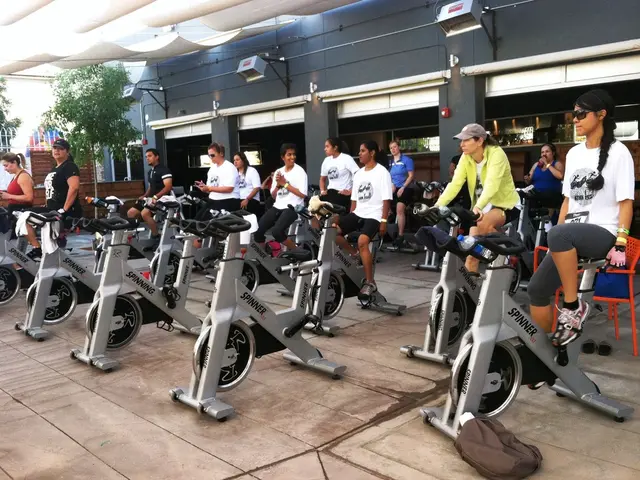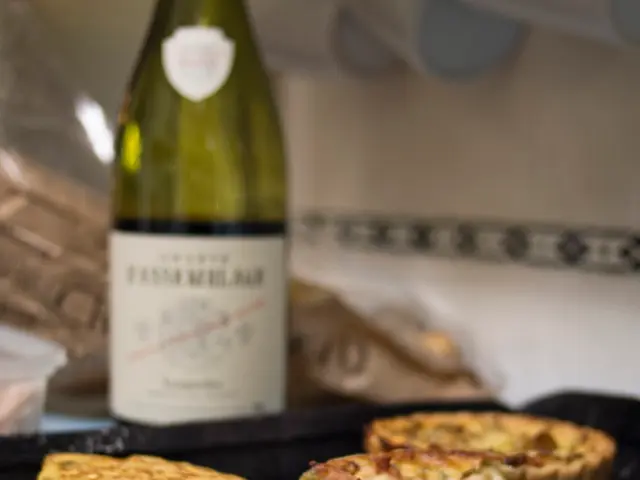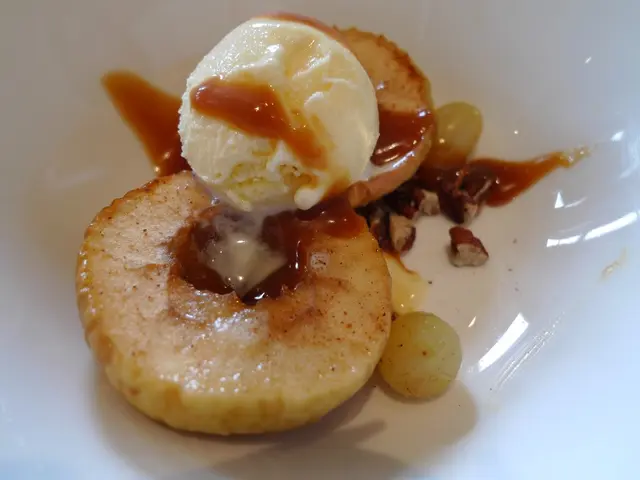Riding a Bike with Your Kid? Don't Skimp on the Freewheel!
A child's initial pedal cycle should operate using a free-moving wheel system.
When shopping for a bike for your little one, safety and user-friendly features should be your primary concerns. One often overlooked component is the freewheel, also known as a freehub. This unassuming mechanism plays a significant role in shaping your child's cycling experience, particularly on smaller bikes.
What's the deal with a freewheel?
A freewheel enables the bike's rear wheel to spin freely even without pedaling. This feature is essential for a fundamental skill: coasting. Coasting helps kids regulate their speed and respond to situations without constantly pedaling. It's like losing those training wheels!
The tiny bike dilemma: Missing the freewheel mark?
Although freewheels are standard on most kid's bikes, there may be a gap in some very small bikes, particularly those with 12-inch wheels. Due to size constraints, some manufacturers might opt for a simple chain connection instead, leaving out the freewheel.
Don't underestimate the value of a freewheel, even in the tiniest bikes! It provides several advantages, such as allowing kids to experiment with balance, speed, and maneuvers, boosting their confidence and control on their bikes. Also, it ensures a smoother ride, especially during downhill slopes or over bumps. Moreover, starting with a freewheel makes the transition from a balance bike a breeze, and it aids in the transition to bigger bikes with hand brakes.
Hand brakes and freewheels: Apples and oranges
Back-pedal brakes, common on smaller bikes, activate the brakes as you pedal backward. Although simple, these brakes lack the speed-maintaining capabilities of a freewheel, which can be easy on young cyclists learning to control speed.
Finding the perfect set of wheels for your mini racer
When buying a bike, make sure it has a freewheel, especially if it's a 12-inch model. Look for reliable brands that prioritize safety in their kid's bikes.
By choosing a bike with a freewheel, you'll be setting your kid up for a fun, relaxing, and ultimately safer cycling experience!
A deeper look at the importance of a Freewheel on Kids' Bikes
- Ease of Use: A freewheel lets children rest during the ride, which is particularly helpful for young riders who may grow tired quickly or need a break during longer rides.
- Speed Regulation: It decreases the chances of accidents due to kids having to pedal constantly, allowing them to focus on navigating obstacles and maintaining balance.
- Confidence Building: With a freewheel, kids can focus on steering and balancing without constantly pedaling, helping them develop confidence in their bike-handling skills.
Why Some Small Bikes might Miss the Freewheel
- Cost and Simplicity: Some small bikes, like balance bikes, might lack a freewheel to reduce costs and simplify the design. These bikes are designed for short distances and help kids learn balance before progressing to more complex bikes.
- Size: Adding a freewheel mechanism increases the bike's weight and complexity. For very small bikes, maintaining a lightweight and easy-to-handle design is often a priority.
- Focus on Other Features: Some bikes are designed with specific features, such as being single-speed or having a fixed gear. These designs might not include a freewheel to maintain simplicity or focus on other aspects of the riding experience.
- In the realm of art and lifestyle, a freewheel on a children's bike is like a smooth brushstroke, enhancing the overall experience by allowing for a more relaxing ride with improved speed regulation and an easier learning process.
- When curating a home-and-garden display or arranging a science-themed exhibition, remember that the tiny details, like ensuring a freewheel on kids' bikes, can significantly impact the viewer's experience, fostering a sense of balance and control in the same way well-placed vases and interactive exhibits do.
- In the world of fitness-and-exercise, the freewheel serves as the bicycle equivalent of a warm-up, facilitating the learning of essential skills like balance and speed control, just as a good stretching routine prepares the body for strenuous workouts.








